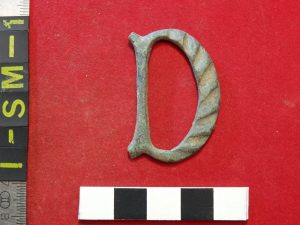The only record about the colony was in the European archives. There was nothing archaeologically speaking.Burials of individuals with hands joined in prayer have been found on the Taiwanese island of Heping Dao. They date to 17th century, belonging to Spanish settlers and are possibly the earliest Christian graves in Asia-Pacific.

The burials were unearthed during the investigation of the 17th century Spanish settlement of San Salvador de Isla Hermosa dating from 1620s. The cemetery contains bodies from Europeans, local Taiwanese people and possibly people of African origin brought to the island as slaves. Among them was a body buried with its hands in prayer. DNA samples from the skeleton have been sent for analysis to investigate the man’s age, ethnic origin and health. The researchers also want to discover more about disease transmission due to the interactions of European colonisers with the local people.

Prior to excavations the only record about the colony was in the European archives. Excavations revealed that there were only a few European settlers at the site and they were extremely poor. They depended on Chinese trade with Taiwan and left very few signs of their own European heritage behind. Compared with the later Chinese and Japanese occupations of Taiwan, the European record is extremely sparse. A bronze buckle is the only European artefact found.

(after International Business Times, University of Konstanz & María Cruz Berrocal)